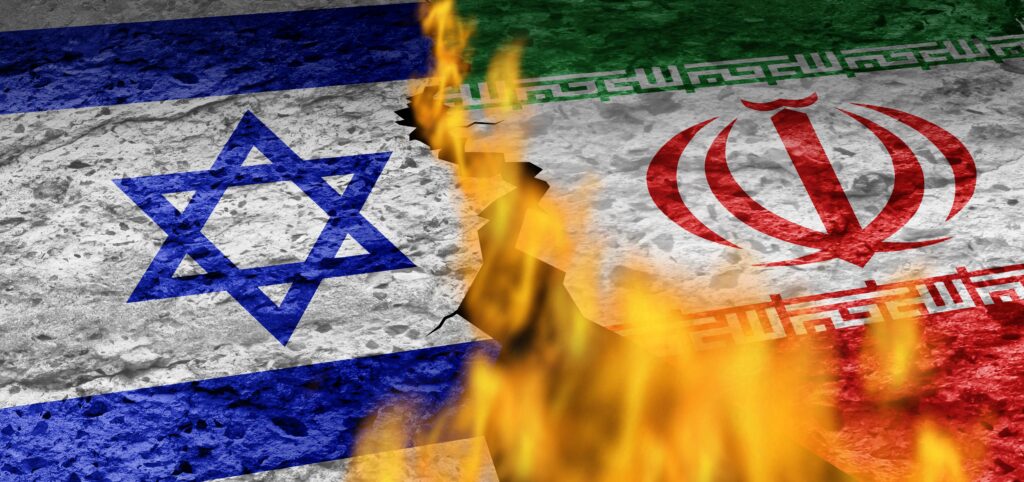UPDATES
The truth behind the “water libel”
January 25, 2012 | Daniel Meyerowitz-Katz

The claim of Israel maliciously depriving Palestinians of water, in order to steal more for its own citizens, has been often repeated amongst Israel’s critics. To Jerusalem Post blogger Petra Marquardt-Bigman, the accusation is reminiscent of Medieval accusations of Jews poisoning water supplies:
I think of it as the “water libel” because it often echoes the medieval accusations that Jews were poisoning wells.
Most recently, it surfaced in a formal report by the French Parliament’s Foreign Affairs Committee, which described Israeli policies by using the rather egregious epithet of “water apartheid”. A new report authored by Hydrology Professor Haim Gvirtzman from the Hebrew University of Jerusalem and published by the Begin-Sadat Centre for Strategic Studies (BESA) aims to put these claims to rest.
The report notes that at the time Jordanian rule of the West Bank ended, only four out of 708 Palestinian towns or villages were supplied with modern water systems and the bulk of the water in the region was used for agriculture. In the first five years after it took over in 1967, Israel increased the Palestinian water supply by 50%, mostly for domestic use.
As Gvirtzman explains, since the second Oslo agreement in 1995, the Israeli-Palestinian Joint Water Commission (JWC) has been meeting and has planned and approved many water infrastructure projects, although a significant number of these have yet to be implemented. The Palestinian water supply has increased by 50% since Oslo II, bringing the percentage of Palestinians not connected to a running water network down to 10% in 2005 (from 19% in 2000) and is currently at just 4%, with construction underway to bring this down to 1.5%. This means that Palestinians in the West Bank have a far better water supply than people living in neighbouring Arab countries such as Jordan and Syria, even including the capital cities of Amman and Damascus.
Gvirtzman argues that the claims of Israelis being afforded four times the amount of water per capita as Palestinians is based on misleading data from the Palestinian Central Bureau of Statistics (PCBS), which estimated the Arab population of the West Bank at 2.4 million in 2006. Based on a 2006 study, also released by the BESA Centre, Gvirtsman alleges that the PCBS counted approximately 400,000 Palestinians who lived in East Jerusalem, Israel or overseas and that the estimate was based on exaggerated birth rates, therefore a more accurate figure would be 1.4 million. With this number, per capita fresh water use between Israelis and Palestinians shows a negligible difference.
Further to the report, letters obtained last year by the organisation Missing Peace demonstrated that the Palestinian Authority has been failing to build water infrastructure that has been approved by the JWC, which largely accounts for any existing discrepancy in water supply. This was outlined by Missing Peace’s Yochanan Visser and Sharon Shaked in a Jerusalem Post article last August:
In 1993 the Palestinians could pump up 117 million cubic meters and Israel would provide an additional 31 million. In 2007 200 million cubic meters were allocated to the PA, of which Israel provided 51.8 million.
However, of those 200 million cubic meters, only 180 million were actually used.
The main reason for this is that the PWA did not implement projects in the Eastern aquifer that would have solved much of the Palestinian water crisis. More than half of the wells approved for exploitation of the Eastern aquifer have still not been drilled. The permits were issued in 2000.
In a letter written on April 4, 2001, the civil administration urged the PWA to execute these projects. A letter from June 8 2009 repeated that request.
In addition to this, both reports note that around 33% of water in the Palestinian system is lost due to poorly maintained infrastructure. It is quite clear overall that, while the claims of water shortages are themselves exaggerated, the PA shares at least as much of the blame for any poor water supply to the West Bank as its Israeli counterparts. Rather than cynically exploiting this issue for PR points, the Palestinian leadership would much better serve their people by investing in pipes and wells.
Daniel Meyerowitz-Katz
Tags: Palestinians





